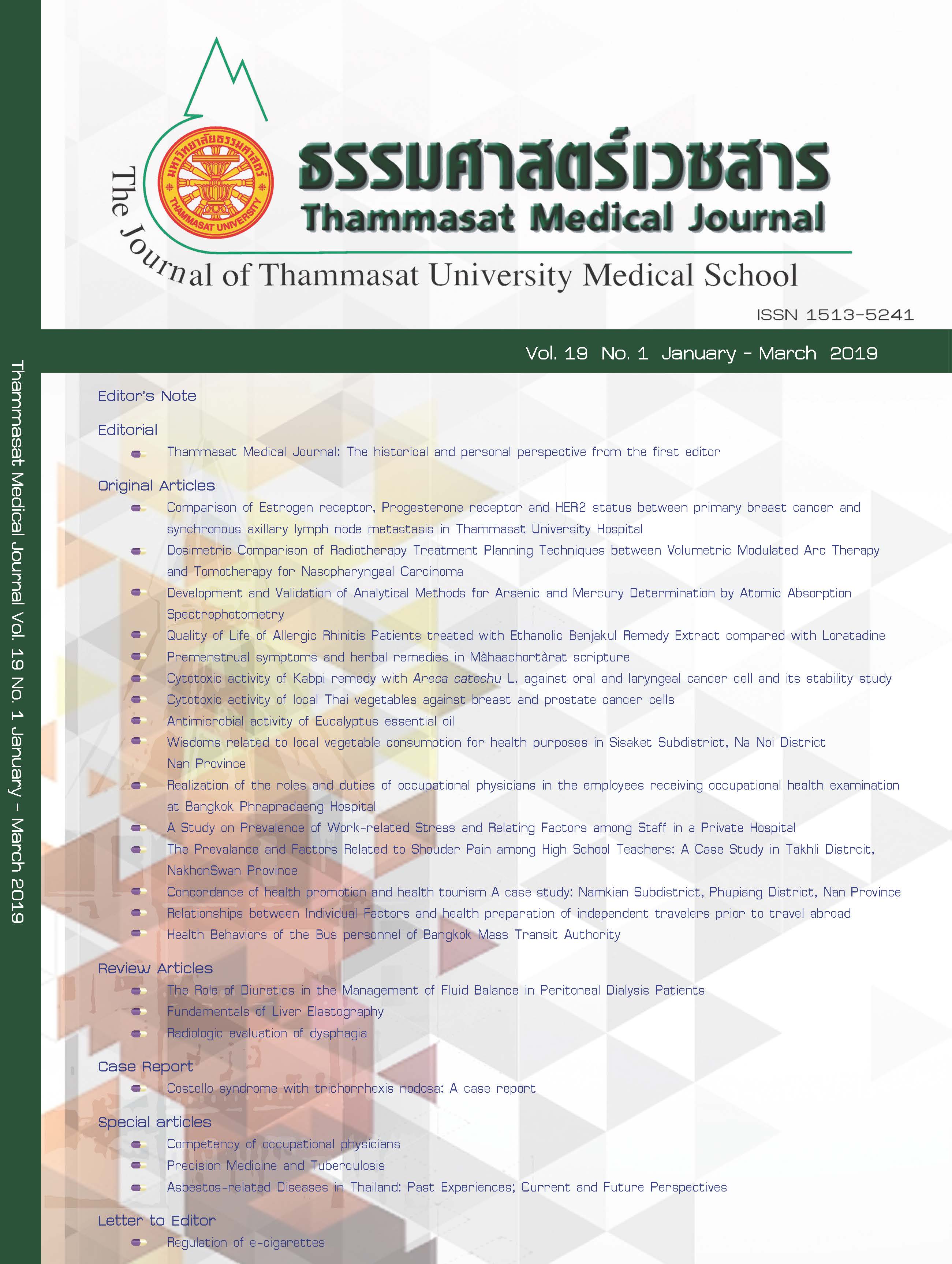Costello syndrome with trichorrhexis nodosa: A case report
Keywords:
Costello syndrome, trichorrhexis nodosa, inability to grow long hairAbstract
Costello syndrome is one of the RASopathies, caused by a germline mutation in HRAS, on chromosome 11. Costello syndrome is a complex developmental disorder involving craniofacial anomalies, delayed development, cardiac and skeletal abnormalities, and increased risk of malignancies.
We report a female patient with the attenuated phenotype of Costello syndrome, who has a mutation in HRAS, a heterozygous one substitution from G to T at nucleotide 37 (c.37G>T) leading to predict a change of glycine to cysteine at codon 13 (p.Gly 13Cys). She presented to our dermatology clinic with sparse hair and the inability to grow long hair since birth which revealed characteristics of trichorrhexis nodosa (TN) in the hair shaft under light microscope. She also has intellectual disabilities, a left cavus foot deformity, and multiple minor dysmorphic facial features without cardiac anomalies. Lab investigations also showed iron depletion. While iron deficiency anemia can be a cause of TN; however, her hair remained the same after 5 weeks of iron supplements. Costello syndrome may be the cause of this patient’s TN, but this phenomenon has not yet been documented. More follow-up is needed.



